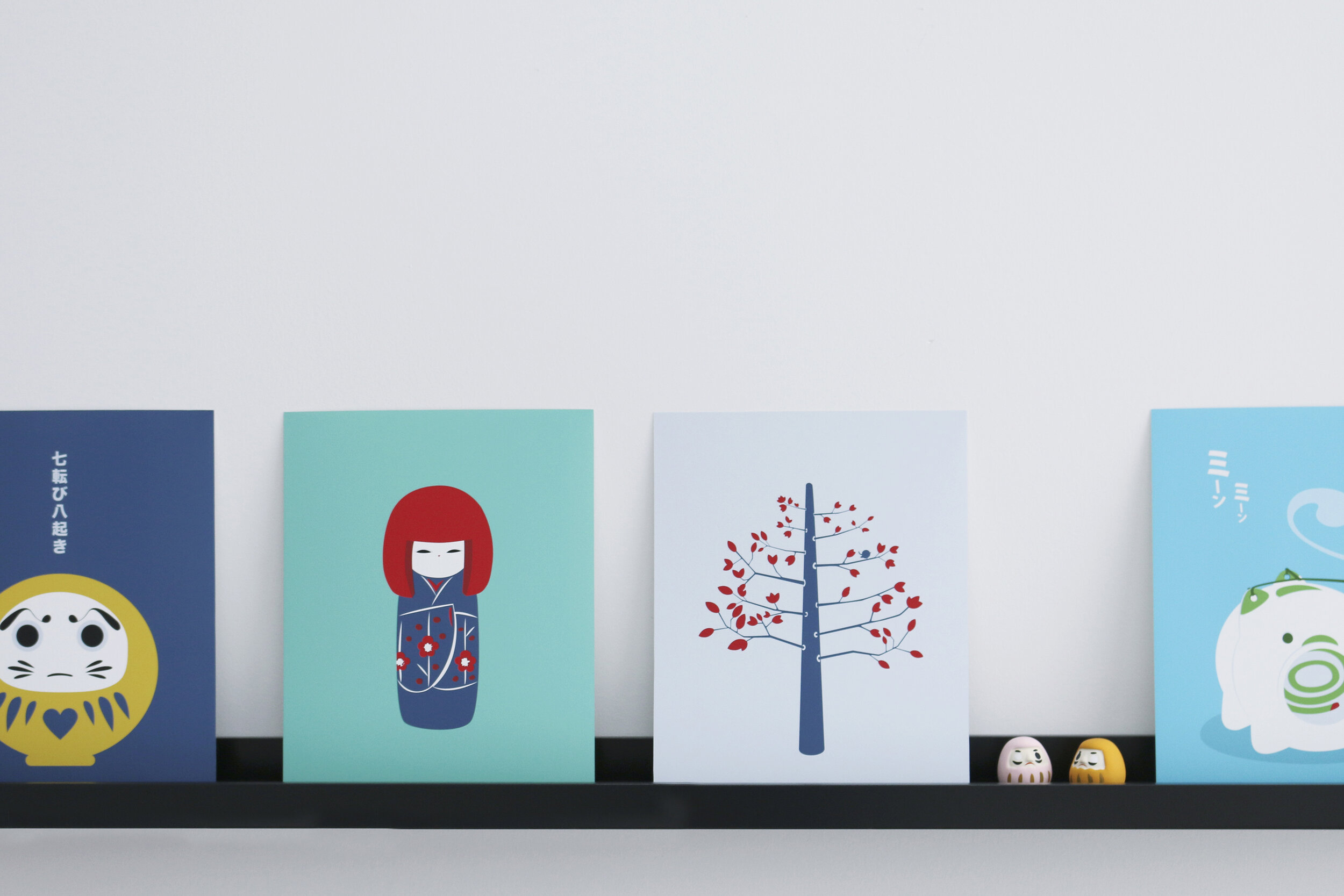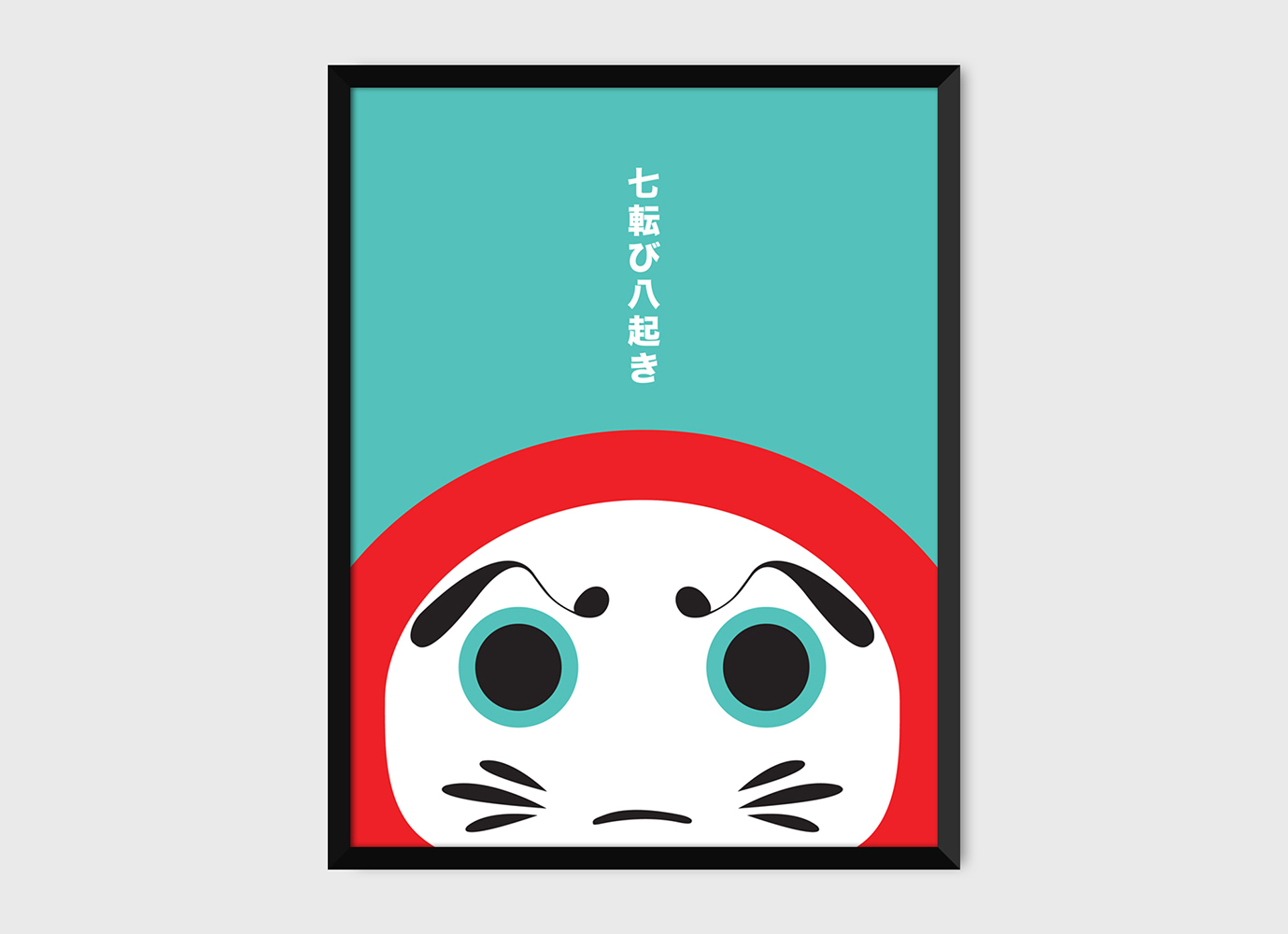Today commonly known as Hinamatsuri, or the doll festival, also Girls’ Day, momo-no-sekku is a day celebrating young girls, praying for their happiness and healthy growth. During the days leading up to the holiday, starting around mid-February, families decorate their house by setting up an elaborate display of traditional 雛人形 (hina-ningyou, ornamental dolls) dressed in traditional court attire of the Heian era. The setup consists of a platform with either one, three, five or seven steps, covered in a red carpet and an elaborate set of hina dolls assembled in a very particular order. The top tier is occupied by the 内裏雛 (dairi-bina), the Emperor and the Empress. A miniature gilded folding screen, 屏風 (byoubu), is placed behind the royalty to resemble the imperial throne of the time. The second tier is then occupied by the three court ladies, 三人官女 (sannin-kanjo), with the third by the five male court musicians, 五人囃子 (gonin-bayashi), the fourth by a minister of the right, 右大臣 (udaijin), and a minister of the left, 左大臣 (sadaijin), on either side of trays of food, and the fifth by the royal guards, 衛士 (eji), flanked by a mandarin orange tree of the left, 右近の橘 (ukon-no-tachibana) and sakura tree of the right, 左近の桜 (sakon-no-sakura). The more elaborate displays of the remaining levels are decorated with the interior items used in the ancient palace at the time. Celebrated throughout the entire country, the display assortments and the order of the dolls from the left to right vary from region to region. The tier doll placement, however, remains the same. In addition to the dolls, the seasonal peach flowers are another essential decoration as they are believed to ward off malevolent spirits, and invite good luck into the home.
































